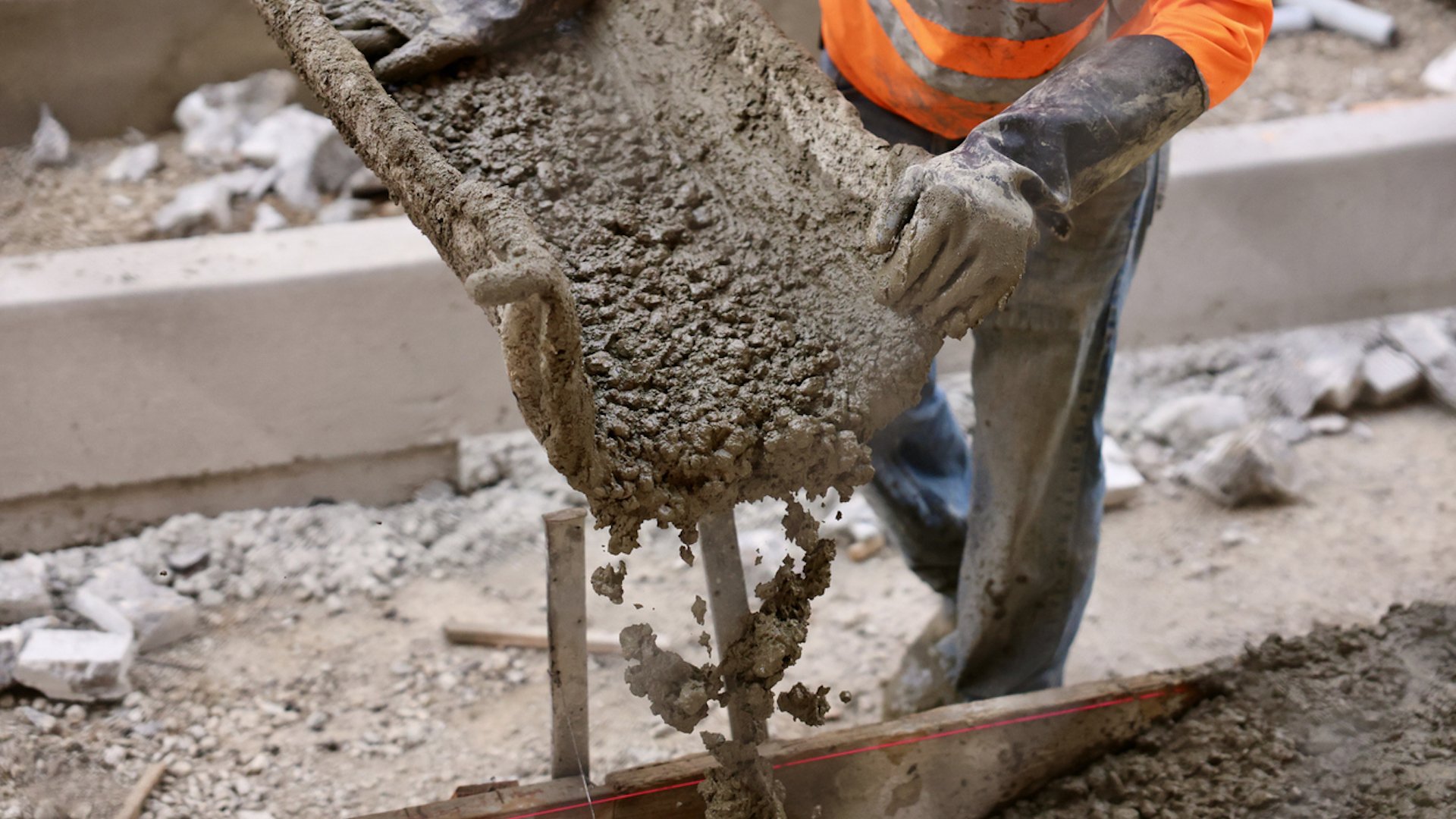


The US cement industry is increasingly focusing on decarbonization efforts amid growing commitments from state and local governments, as well as major companies like Amazon, to promote low-carbon cement production. Recent initiatives include New York state's ambitious goal of achieving a 30% emissions reduction by 2028, alongside New York City's requirement for environmental product declarations for concrete and steel. Similarly, Los Angeles aims for a 15% reduction in emissions, while Washington state plans to enhance its purchases of clean construction materials. These developments reflect a broader recognition of concrete production as a significant pollution source, prompting a shift towards sustainable practices in the industry [8b982b71].
Industry leaders are currently meeting with Members of Congress as part of the Portland Cement Association's (PCA) Annual Cement Fly-in, advocating for policies that support the transition to lower-carbon cements and the implementation of carbon capture utilization and storage (CCUS) technologies. The PCA's Roadmap to Carbon Neutrality outlines strategies for achieving carbon neutrality by 2050, emphasizing the need for increased research and investment in CCUS technologies, streamlined regulations, and the promotion of low-carbon alternative cements. The cement sector contributes over $130 billion annually to the US economy and employs nearly 600,000 people [0b18be13] [87631385].
The green cement market is projected to reach $47 billion by 2028, marking a 57% increase from 2023, as advancements in lower-carbon cement technologies continue to emerge, particularly in Europe. The Infrastructure and Jobs Act is also expected to drive infrastructure spending, creating further opportunities for the cement industry to align with sustainability goals. As the industry navigates these changes, it remains optimistic about its future, focusing on decreasing emissions and enhancing productivity through innovative technologies [2295c4b4] [dd9660c5].